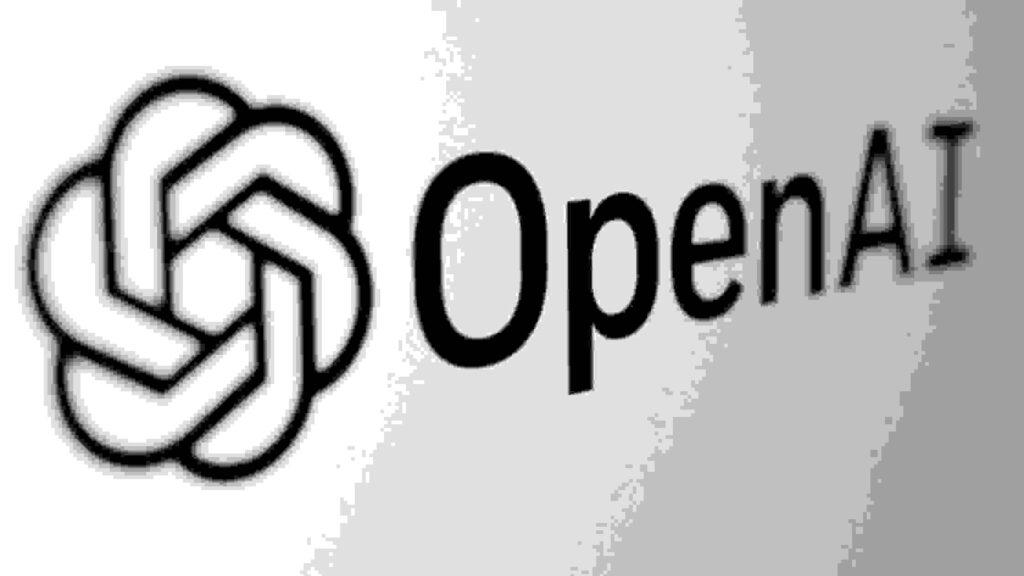
Open AI Review |2025| A Complete Guide to the Future of Artificial Intelligence
Introduction to Open AI
Open AI has quickly become a leader in artificial intelligence, offering powerful tools that help people generate text, create images, write code, and much more. Whether you’re a business owner, developer, educator, or simply curious about AI, Open AI provides innovative solutions that make advanced technology easy to use. In this article, you’ll learn what Open AI is, explore its most popular products, and find out how you can get started using AI in your own projects.

The History and Mission of Open AI
Open AI was founded in December 2015 by Elon Musk, Sam Altman, Greg Brockman, Ilya Sutskever, John Schulman, and Wojciech Zaremba. The founders shared a common concern: that powerful artificial intelligence could eventually be misused or concentrated in the hands of a few companies.
To address this, they created Open AI as an independent research organization with the goal of developing safe and broadly beneficial artificial intelligence. Initially, Open AI started as a non-profit, focusing on long-term research rather than commercial products.
In 2019, Open AI transitioned to a “capped-profit” model called OpenAI LP. This structure allows the company to attract funding while ensuring that profits are limited and aligned with the mission. Under this model, investors can receive a return on their investments, but returns are capped so that the majority of benefits from AI advancements can be shared with everyone.
The mission of Open AI is clear and ambitious:
To ensure that artificial general intelligence (AGI) benefits all of humanity.
This means that as AI systems grow more capable, Open AI is committed to:
- Conducting research transparently
- Promoting safe deployment of AI technologies
- Sharing knowledge to prevent exclusive control by any single entity
Over the years, Open AI has launched influential technologies like GPT-3, GPT-4, DALL·E, and ChatGPT, making artificial intelligence more accessible to individuals, businesses, and researchers around the world.
Open AI’s Most Popular Tools and Products
Open AI has developed a range of powerful tools that make artificial intelligence accessible and practical for everyday use. These products have set new standards for what AI can do, from generating human-like text to creating original images.
Below are some of the most popular Open AI tools and products you should know about:
ChatGPT
ChatGPT is one of Open AI’s best-known products. It is an AI chatbot that can understand questions and generate detailed, natural-sounding responses. People use ChatGPT for customer support, writing assistance, brainstorming, tutoring, and even casual conversation.
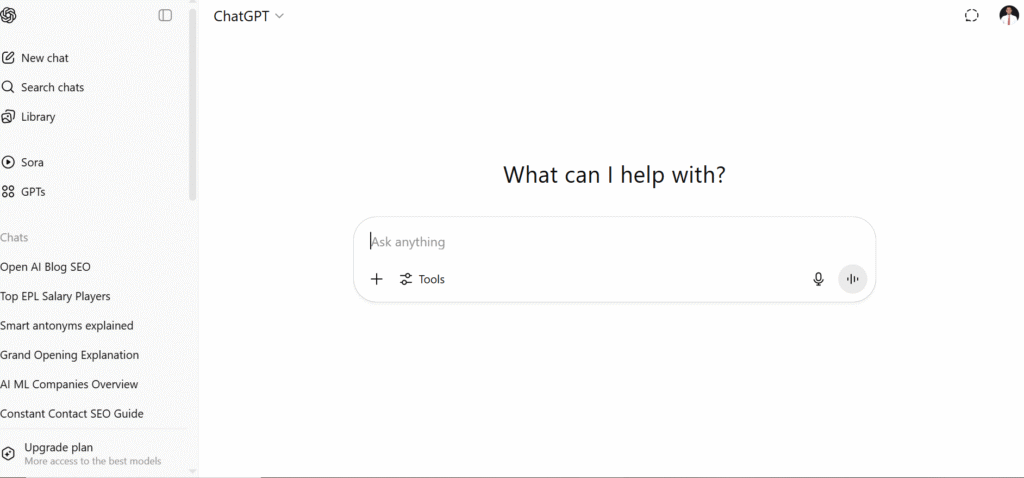
GPT-4
GPT-4 is the advanced language model behind ChatGPT and other applications. It can analyze prompts, summarize complex information, write articles, and help with coding tasks. GPT-4 is more accurate and reliable than previous versions, making it a leading solution in AI-powered language processing.
DALL·E
DALL·E is an AI system that generates unique images from text descriptions. For example, you can type “a futuristic city at sunset,” and DALL·E will create a completely new image that matches your idea. Creatives and marketers often use DALL·E to produce visuals quickly.
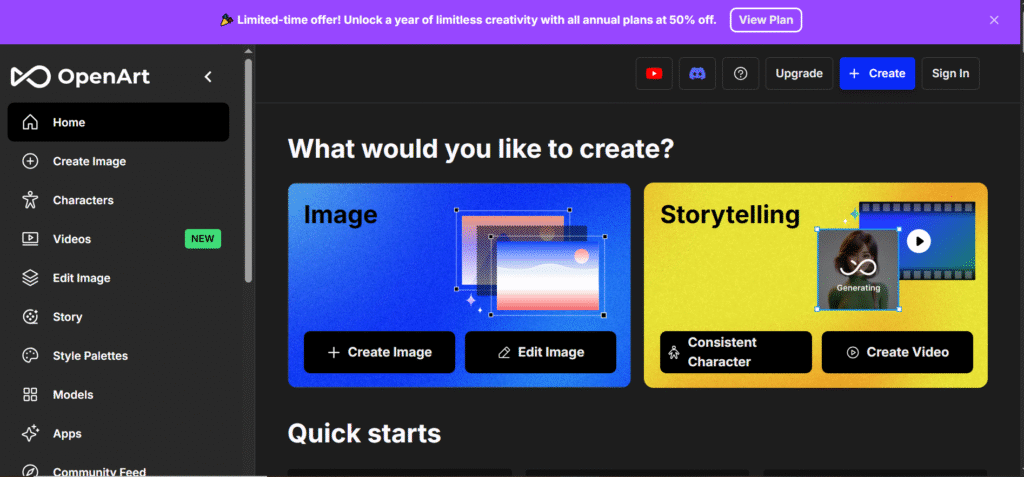
Codex
Codex is another impressive product from Open AI. It translates natural language into code, making it easier for developers to build software without needing to write every line manually. Codex powers GitHub Copilot, a popular tool that helps programmers work faster and more efficiently.
Whisper
Whisper is an automatic speech recognition system that converts audio into text. It supports many languages and is used for tasks like transcribing interviews, generating subtitles, and enabling voice commands.
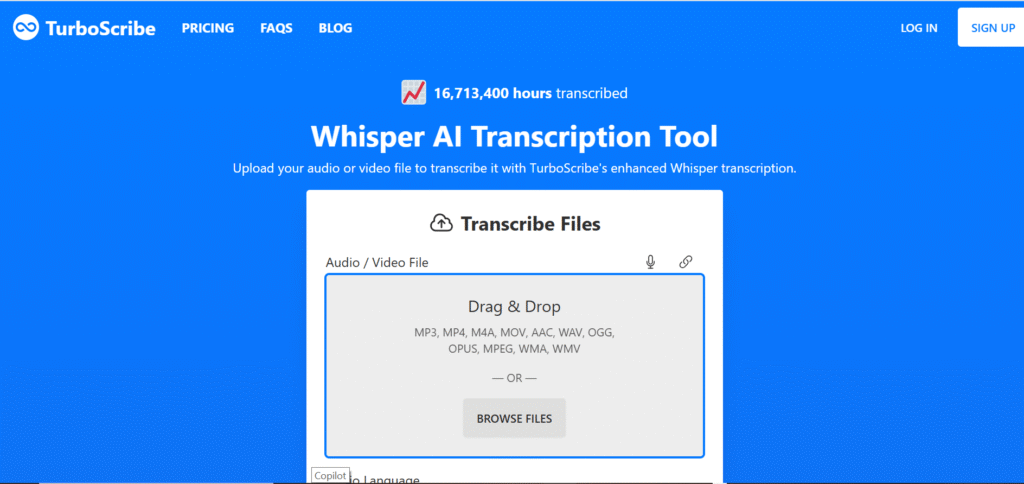
These products demonstrate how Open AI combines advanced research with practical tools that solve real-world problems. Whether you’re creating content, writing code, or exploring new ideas, Open AI’s tools can help you work smarter.
How Open AI Works
Open AI creates artificial intelligence models that learn patterns from massive amounts of data. These models are built using advanced machine learning techniques, especially a method called deep learning.
Below is a simple explanation of how Open AI technology works:
Training on Large Datasets
To develop tools like ChatGPT and GPT-4, Open AI first gathers huge datasets. These datasets include books, articles, websites, code, and other text. The AI learns by analyzing this information and recognizing how words and ideas connect.
Neural Networks and Transformers
At the heart of Open AI models are deep neural networks called transformers. A transformer is a type of algorithm designed to process and generate human-like language. It breaks down input text into smaller pieces (tokens), understands their meaning in context, and predicts what comes next.

This is why tools like GPT-4 can respond with relevant and coherent answers to almost any question.
Fine-Tuning and Reinforcement Learning
After the initial training, Open AI uses fine-tuning and reinforcement learning to improve accuracy and safety. Fine-tuning means training the model further on specialized data, such as customer conversations or programming examples. Reinforcement learning from human feedback (RLHF) helps the AI learn which responses are more helpful or appropriate.
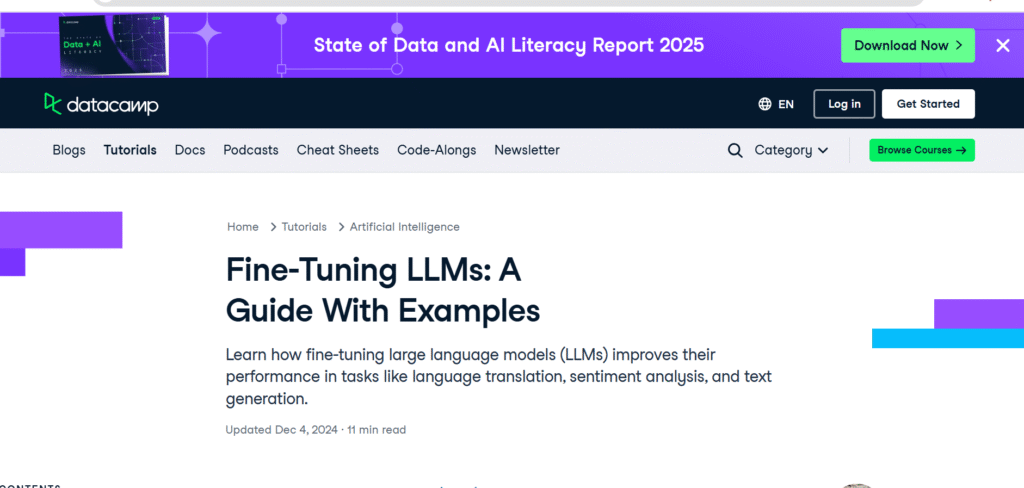
API and User Interfaces
Once trained, Open AI makes these models available through APIs and applications. For example, developers can connect their software to the Open AI API to generate text or analyze language. End users access tools like ChatGPT or DALL·E through easy-to-use web interfaces.
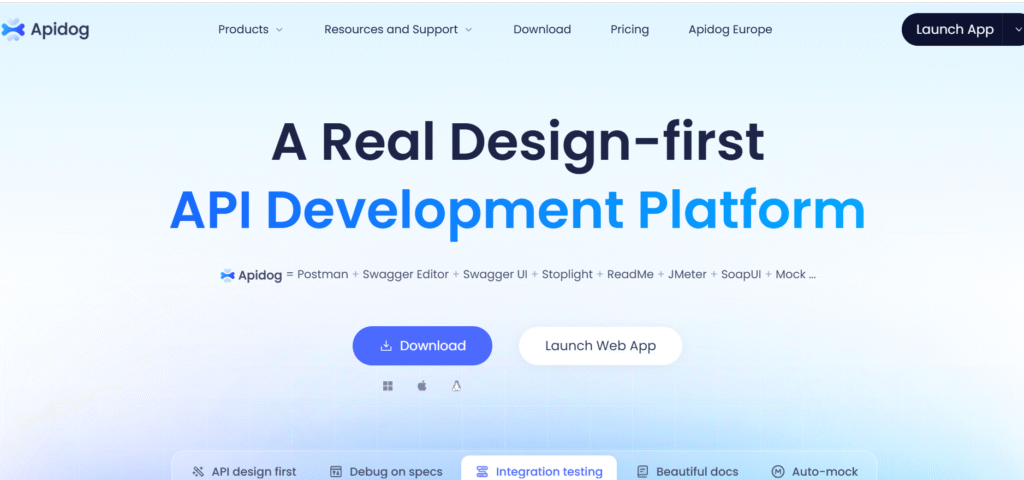
Continuous Improvement
Open AI regularly updates its models to improve performance, reduce errors, and address new challenges. This process ensures that products stay reliable and safe as more people use them.
These steps—training, fine-tuning, and continuous improvement—allow Open AI to deliver powerful AI tools that feel intuitive and natural.
Open AI Applications Across Industries
Open AI technology is transforming how businesses and organizations operate. From customer service to healthcare, its tools are helping people solve problems faster and more efficiently. Here are some of the most common ways companies are using Open AI across different industries:
Customer Support
Many businesses use Open AI chatbots like ChatGPT to automate customer support. These AI systems can answer frequently asked questions, handle complaints, and guide customers through processes—all without human intervention. This helps companies improve response times and reduce costs.

Marketing and Content Creation
Open AI tools generate high-quality content for blogs, social media, and advertisements. Marketers rely on GPT-4 to write product descriptions, create email campaigns, and develop engaging stories that connect with audiences.
Healthcare
In healthcare, Open AI models help professionals transcribe patient notes, draft reports, and even answer basic medical questions. While AI doesn’t replace doctors, it can save time and improve accuracy in administrative tasks.

Education
Educators and students use Open AI for tutoring, homework assistance, and learning new skills. AI-powered tools can explain complex topics in simple terms, generate practice questions, and provide instant feedback.
Software Development
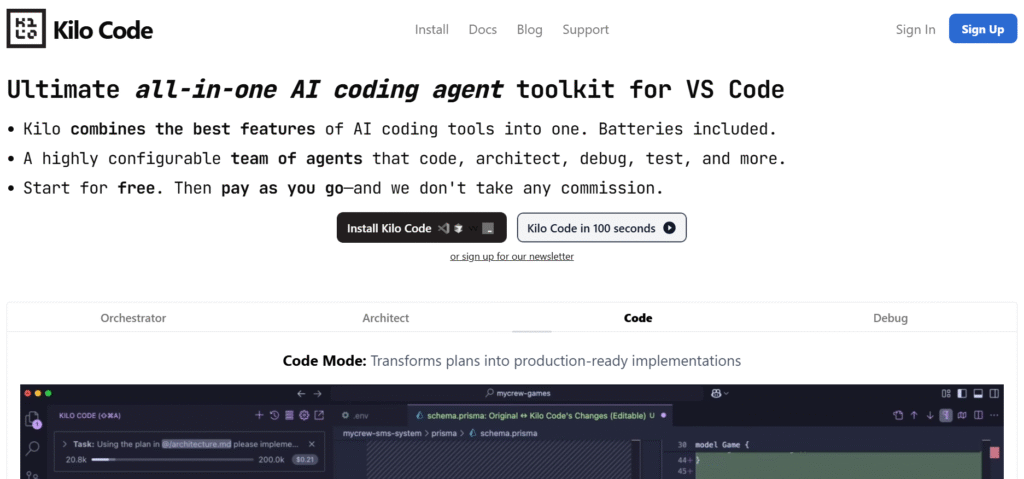
Developers rely on Open AI products like Codex to write and review code. By turning natural language instructions into working code, AI helps teams build software faster and reduce errors.
Finance
Financial institutions use Open AI to analyze market data, generate reports, and detect potential fraud. AI models can process large volumes of information quickly, making it easier to make informed decisions.
These examples show how Open AI is reshaping industries by making advanced artificial intelligence accessible to everyone.
Future of Artificial Intelligence with Open AI
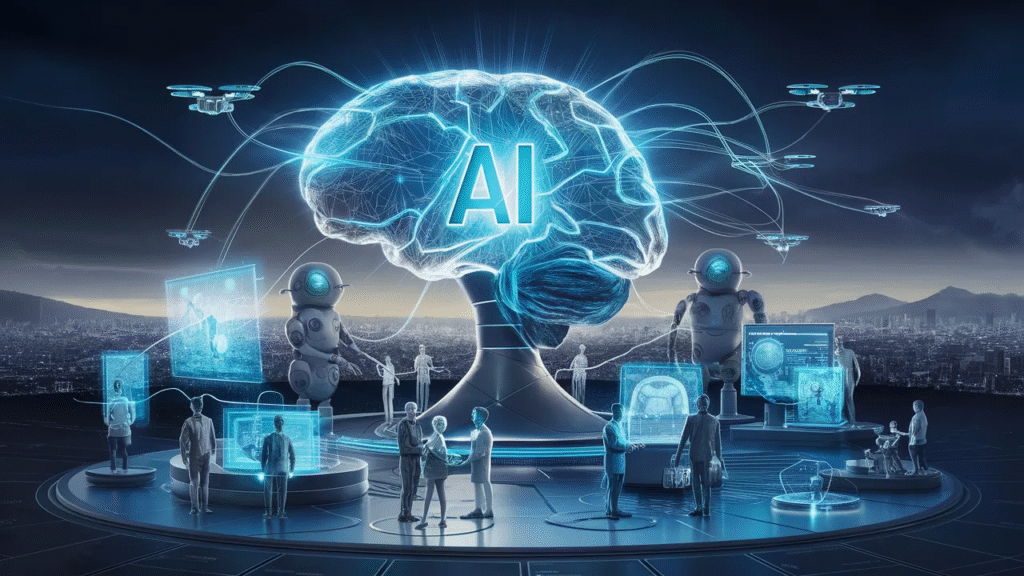
The future of artificial intelligence is rapidly evolving, and Open AI is at the forefront of this transformation. As AI capabilities grow, Open AI is focused on creating systems that are not only more powerful but also safer, more transparent, and beneficial to everyone.
Here are some key areas where Open AI is shaping the future of artificial intelligence:
More Capable Models
Open AI plans to develop even more advanced models beyond GPT-4. Future versions will be able to understand complex questions, reason more effectively, and generate high-quality responses across languages and topics. These improvements will make AI an even more valuable tool for education, business, and research.
Safer and More Reliable AI
As AI becomes more integrated into everyday life, safety and reliability are essential. Open AI is investing in research to reduce harmful outputs, improve factual accuracy, and ensure that AI systems follow ethical guidelines. This commitment helps build trust and prevent misuse.
Accessibility and Collaboration

One of Open AI’s core goals is to make advanced AI available to as many people as possible. The company continues to release APIs, tools, and resources so developers, educators, and organizations of all sizes can use AI effectively. Open AI also partners with governments, researchers, and companies to explore new applications and share best practices.
Artificial General Intelligence (AGI)
In the long term, Open AI is working toward the development of artificial general intelligence—AI systems that can perform any intellectual task that humans can. While AGI is still in the early stages, Open AI is committed to ensuring it benefits all of humanity and is governed responsibly.
Ethical and Transparent AI
The future of AI depends on transparency and accountability. Open AI continues to publish research, share progress updates, and engage with the public to create systems that are aligned with human values.
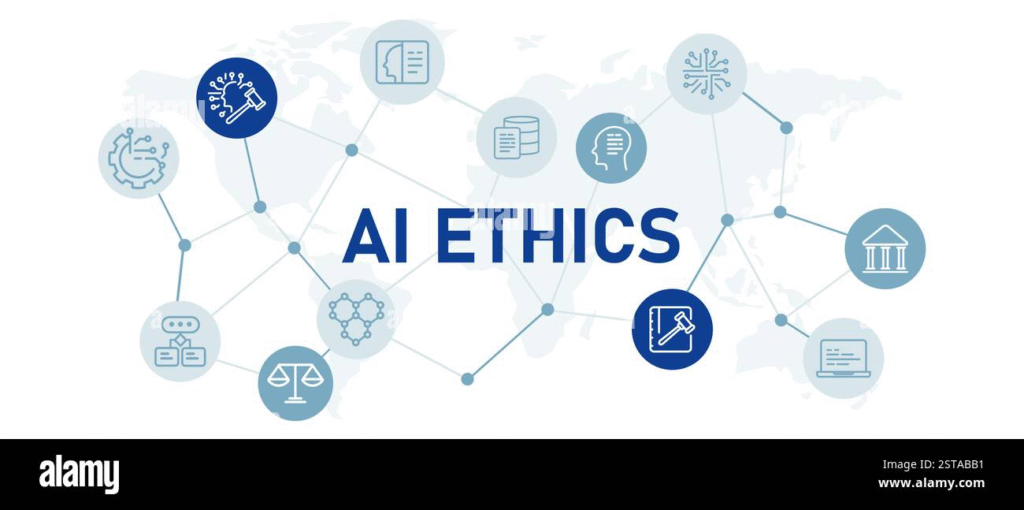
With ongoing research and a focus on safety, Open AI is driving innovation that will redefine how we work, learn, and communicate in the coming years.
How to Get Started with Open AI
Getting started with Open AI is easier than you might think. Whether you want to explore AI for personal projects or integrate it into your business, there are tools and resources available for all experience levels.
Here is a step-by-step guide to help you begin using Open AI products and services:
1. Create an Open AI Account
First, visit OpenAI.com and sign up for an account. This gives you access to the platform, including the API dashboard, usage settings, and billing information.
2. Explore Available Tools
After signing up, you can learn about the most popular Open AI tools:
- ChatGPT for conversational AI
- DALL·E for image generation
- Codex for code assistance
- Whisper for speech-to-text
Each product has detailed documentation to help you understand how it works.
3. Get API Access
If you want to build your own apps with Open AI technology, apply for API access. The API allows you to connect your software directly to models like GPT-4. You can experiment with prompts, test outputs, and integrate AI features into your website or app.
4. Use the Playground
The Open AI Playground is an interactive web tool where you can test different prompts and see how the AI responds. This is a great way to learn what’s possible before you start coding.
5. Read the Documentation
Open AI provides comprehensive guides, examples, and tutorials. These resources explain best practices for using each tool safely and effectively. You’ll find code samples, configuration options, and recommendations for getting the best results.
6. Start Small and Experiment
Begin by testing simple prompts or small projects. Over time, you can explore more advanced use cases like building chatbots, generating content, or creating new applications with AI.
7. Join the Community
The Open AI community includes developers, researchers, and enthusiasts who share ideas, solve problems, and discuss the future of artificial intelligence. You can join forums, follow Open AI on social media, and subscribe to newsletters to stay updated.
Conclusion
In summary, Open AI is revolutionizing the way people interact with technology by offering advanced tools like ChatGPT, DALL·E, Codex, and Whisper that make artificial intelligence accessible across industries. From automating customer support to generating creative content and simplifying software development, Open AI products are designed to help individuals and businesses innovate faster and more efficiently. As AI continues to evolve, learning how Open AI works and exploring its applications will be essential for staying ahead in the digital age. Whether you’re just getting started or looking to integrate AI into your projects, Open AI provides the resources, community, and support you need to succeed.